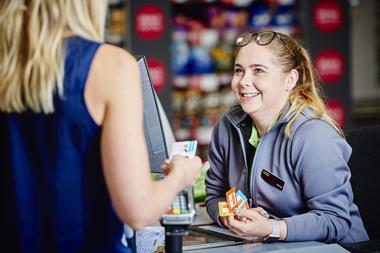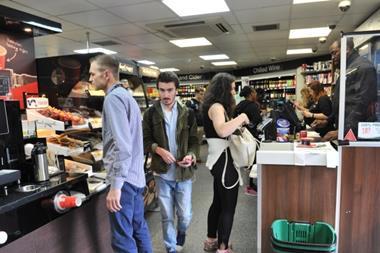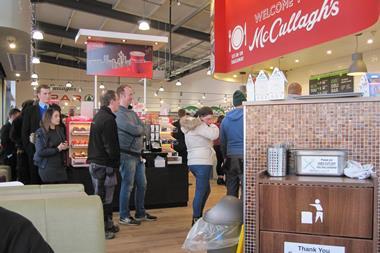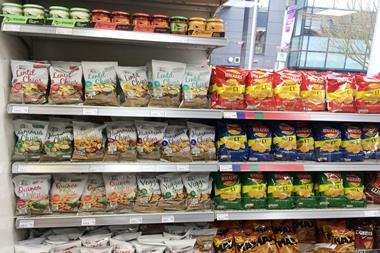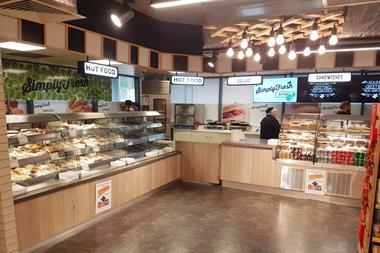Looking after the needs of the shopper

Despite growing competition, the future for convenience retail remains bright as consumers look for quick, convenient and healthy foods in an environment that enhances the shoppers’ experience.
Despite growing competition, the future for convenience retail remains bright as consumers look for quick, convenient and healthy foods in an environment that enhances the shoppers’ experience
ALREADY HAVE A REGISTERED USER ACCOUNT? PLEASE LOG IN HERE
To read the full story join the ConvenienceStore.co.uk community today!
Registration is quick and easy and provides access to:
- Unlimited ConvenienceStore.co.uk articles
- Our great range of newsletters
- Content you’ve saved for later via the ‘my library’ feature
And much more…




















